Home>Ideas and Tips>Upgrading Your Home’s Roof DIY Maintenance Tips


Ideas and Tips
Upgrading Your Home’s Roof DIY Maintenance Tips
Published: August 31, 2024
Discover essential DIY roof maintenance tips to protect your home, extend roof life, and save on costly repairs. Keep your roof in top shape!
(Many of the links in this article redirect to a specific reviewed product. Your purchase of these products through affiliate links helps to generate commission for Storables.com, at no extra cost. Learn more)
Maintaining your roof is one of the most critical aspects of home improvement. A well-maintained roof not only protects your home from the elements but also enhances its longevity and value. In this article, we will delve into the essential DIY maintenance tips and strategies for upgrading your home's roof, ensuring it remains in optimal condition and stands the test of time.
Before we dive into the practical tips, it's crucial to understand why roof maintenance is so important. Your roof is exposed to various environmental factors daily, including sunlight, rain, hail, and wind. These elements can cause shingles to curl and crack, leading to leaks and structural damage over time. Regular inspections and maintenance can help identify potential issues before they become major problems, saving you from costly repairs and ensuring your home remains safe and secure.
One of the most critical steps in maintaining your roof is recognizing the first signs of a problem. Here are some common indicators that your roof may need attention:
- Dark Stains on Rafters and Decking: Check the attic for dark stains on rafters and the underside of decking. These stains often indicate leaks, which are most likely to occur around chimneys, vents, skylights, and valleys.
- Missing Shingles: Inspect your roof for missing shingles, which can expose the underlying layers to moisture and cause further damage.
- Moss Growth: Moss growth on your roof can indicate poor ventilation and moisture buildup. Regularly cleaning the roof can help prevent moss and algae growth.
- Curling or Damaged Shingles: Check for curling or damaged shingles, which can compromise the integrity of your roof.
If you're planning to replace your roof, it's essential to prepare your home thoroughly to ensure a smooth and efficient process. Here are some steps to follow:
-
Relocate or Cover Items in the Attic:
- Use old sheets or drop cloths to protect items in the attic from debris and dust during the roof replacement process.
-
Move Outdoor Items:
- Move patio furniture, toys, and other outdoor items to a secure location to avoid damage from debris.
-
Trim Overhanging Tree Branches:
- Trim overhanging tree branches to prevent them from falling on your roof during the replacement process.
-
Clear Driveway and Garage:
- Clear the driveway and garage for the roofing crew to unload materials and mitigate risk to vehicles.
-
Provide Accessible Power Outlets:
- Ensure that there are accessible power outlets for the roofing crew’s tools.
-
Mow the Lawn:
- Mow the lawn to make debris removal more efficient.
-
Use Tarps or Move Decorations:
- Protect garden areas and delicate outdoor decorations by using tarps or moving them to safety until the roof replacement is finished.
Regular inspections are fundamental to identifying potential issues before they become major problems. Here’s how you can conduct a thorough bi-annual inspection:
-
Inspect for Missing Shingles:
- Pay attention to areas where shingles might be missing or damaged.
-
Check Flashing Around Chimneys, Vents, and Skylights:
- Inspect the flashing around chimneys, vents, and skylights since these areas are prone to leaks.
-
Look for Moss Growth:
- Check for moss growth on your roof, which can indicate poor ventilation and moisture buildup.
-
Check for Small Leaks:
- Look for small leaks around chimneys, vents, and skylights.
-
Trim Overhanging Tree Branches:
- Trim overhanging tree branches to avoid damage from falling branches.
-
Clean Gutters Regularly:
- Clean your gutters regularly to prevent water backup and ensure proper drainage.
When it’s time to repair or replace parts of your roof, opting for high-quality materials can make a considerable difference in the longevity and performance of your roof.
-
Asphalt Shingles:
- Asphalt shingles are popular for their affordability and variety but may not offer the best durability compared to other materials.
-
Metal Roofing:
- Metal roofing products come in panels and shingles. Panels are available in different shapes, while metal shingles often mimic the look of wood shingles and tile. Metal roofs are durable and relatively lightweight but can be noisy during rain or hailstorms.
-
Slate Roofing:
- Slate roofing is considered very durable but is more expensive than other roofing products and requires special skill and experience for installation.
-
Synthetic Roofing Products:
- Synthetic roofing products are made to resemble slate and wood shingles and shakes. Some are highly fire- and impact-resistant.
When shopping for new shingles, remember to check how well they rate for fire, wind, and impact resistance. Many roofing products are tested with standards created by Underwriters Laboratories (UL) and FM Global to evaluate how well they stand up to extreme conditions.
-
Wind Resistance:
- If your area is prone to high winds or hurricanes, you'll want shingles that are more likely to stay put during a storm. Shingles that have been evaluated according to ASTM D 7158 standard may be given a Class D (90 mph), G (120 mph), or H (150 mph) rating.
-
Fire Resistance:
- Look for shingles with a high fire rating. Some materials may have a Class A fire rating, which indicates they can withstand extreme heat without igniting.
-
Impact Resistance:
- Some roofing materials are designed to be impact-resistant, offering enhanced protection against extreme weather conditions and potential insurance discounts.
Proper insulation and ventilation directly impact the performance and longevity of your roof.
-
Ensure Energy Efficiency:
- Poor insulation can lead to ice dams in the winter and overheating in the summer, both of which can damage roofing materials. Upgrading your attic insulation ensures that your home remains energy-efficient, reducing heat loss during cold months and keeping indoor temperatures stable during hotter periods.
-
Maintain Balanced Airflow:
- Ventilation is equally crucial as it allows hot air to escape and fresh air to circulate, preventing moisture buildup that can lead to mold and rot. Ensure that your roof has adequate soffit vents, ridge vents, or attic fans to maintain a balanced airflow.
Adding a waterproof underlayment beneath your roofing material provides an extra layer of protection against water infiltration.
-
Prevent Water Seepage:
- This is especially important in areas prone to heavy rainfall or snow. A high-quality underlayment acts as a barrier, preventing water from seeping into the understructure of your roof and causing significant damage.
-
Precision Installation:
- The installation process requires precision, so it’s advisable to hire a professional to ensure that the underlayment is applied correctly.
Energy-efficient roofing systems are designed to reflect more sunlight and absorb less heat than standard roofing materials.
-
Reflective Asphalt Shingles:
- Cool roofing options like reflective asphalt shingles can help lower your home’s energy consumption by reducing the need for air conditioning.
-
Metal Roofing with Reflective Coatings:
- Metal roofing with reflective coatings also offers energy efficiency benefits while maintaining durability.
-
Light-Colored Tiles:
- Light-colored tiles can reflect sunlight, reducing heat absorption and lowering energy bills.
-
Tax Credits and Rebates:
- Some energy-efficient roofing materials may qualify for tax credits or rebates, offering financial incentives on top of their long-term savings.
Integrating solar panels onto your roof is a step forward in sustainability and can significantly reduce your energy bills.
-
Sustainable Energy Solution:
- Solar panels harness sunlight to generate electricity, reducing reliance on traditional energy sources and lowering utility bills.
-
Long-Term Savings:
- The initial investment in solar panels may be high, but the long-term savings through reduced energy consumption make it a worthwhile choice.
Navigating the roof replacement process can be stress-free with the right preparations.
-
Material Delivery and Work Access:
- Organize the necessary logistics for material delivery and work access to ensure a smooth process.
-
Safeguarding Property:
- Safeguard your property by having contractors set up protection measures to prevent damage from debris and tools.
-
Sectional Removal:
- Organize the removal of the old roof in sections, coupling removal and new roof installation to save time.
-
Prompt Cleaning of Gutters:
- Ensure prompt cleaning of gutters after removing roof sections to prevent debris blockage.
-
Avoiding Early Material Delivery:
- Avoid having materials delivered too early to avoid property damage.
-
Preparing for Delays:
- Prepare for possible delays due to weather and accessibility while keeping in mind that quality installation should remain the priority over the speed of the roof replacement.
Roof replacement is a significant investment, and understanding your financing options can make the process more manageable.
-
State and Federal Programs:
- State and federal programs offer loans and grants that can assist homeowners in affording advanced roofing systems.
-
Contractor Financing:
- Contractor financing options provide innovative financing solutions for roofing projects, helping homeowners afford high-quality materials and professional installation.
-
Personal Loans:
- Personal loans can be used to cover the costs of roof replacement, especially if you have a good credit score.
-
HELOCs (Home Equity Lines of Credit):
- HELOCs allow homeowners to borrow money against their home's equity, providing flexible financing options for large expenses like roof replacement.
-
Home Equity Loans:
- Home equity loans offer lump-sum financing options that can be used to cover the full cost of roof replacement.
-
Credit Card Financing:
- Credit card financing may be available for smaller expenses but should be used cautiously due to high interest rates.
-
HUD-Approved Lender Programs:
- HUD-approved lender programs provide additional financing options for homeowners, especially those who may not qualify for traditional loans.
-
Refinancing Options:
- Refinancing your home mortgage can provide additional funds for roof replacement by tapping into your home's equity.
A roof replacement is a significant undertaking that requires adequate planning, knowledge, and preparation. From understanding the roofing vocabulary to selecting the right materials, hiring a professional roofing contractor, and financing the project, each step plays a crucial role in ensuring a successful and stress-free roof replacement process. By following these DIY maintenance tips and strategies, you can keep your roof in optimal condition, prevent costly repairs, and enhance the value of your home.
Regular inspections and maintenance are key to extending the lifespan of your roof. Whether you're upgrading to high-quality materials or improving insulation and ventilation, every effort you make will contribute to a healthier indoor environment and a more durable roof that stands the test of time.
Was this page helpful?
At Storables.com, we guarantee accurate and reliable information. Our content, validated by Expert Board Contributors, is crafted following stringent Editorial Policies. We're committed to providing you with well-researched, expert-backed insights for all your informational needs.

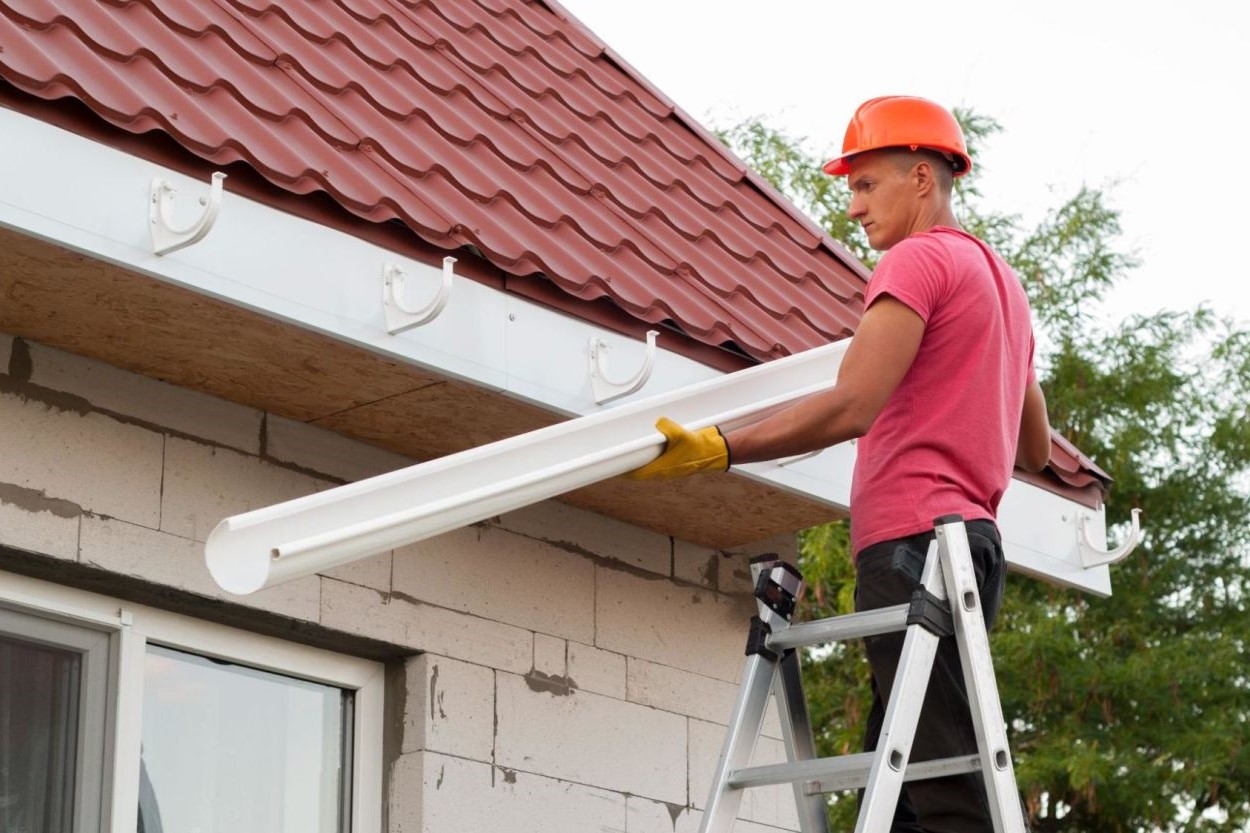
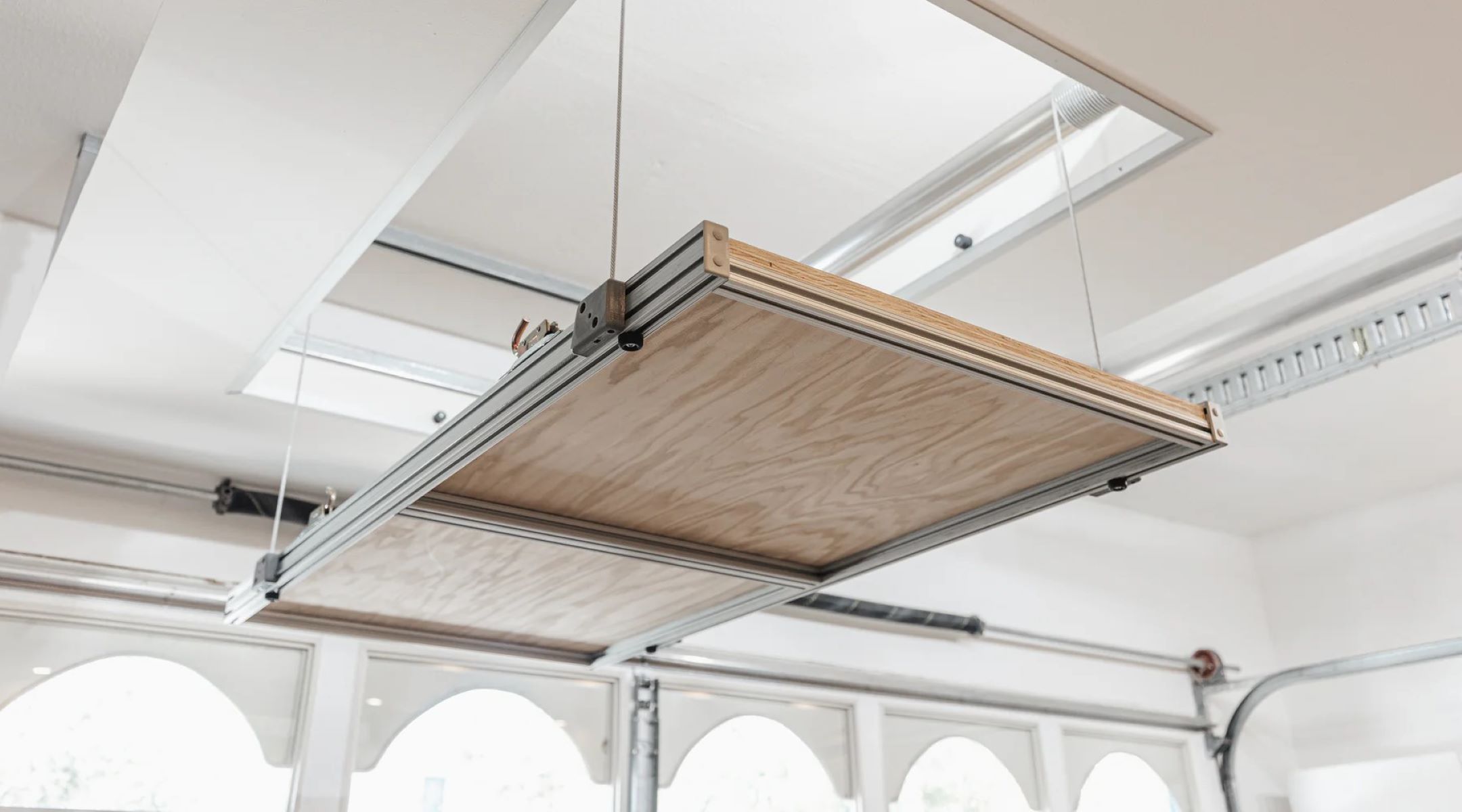

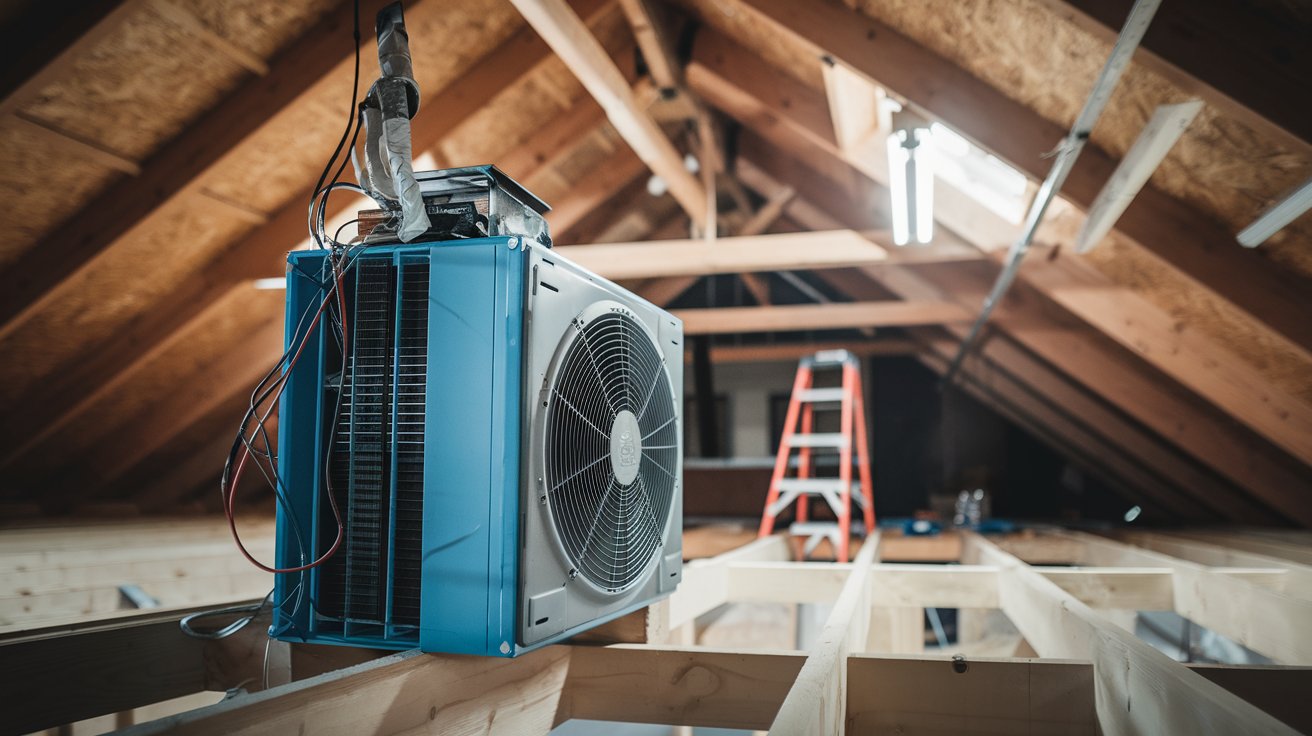
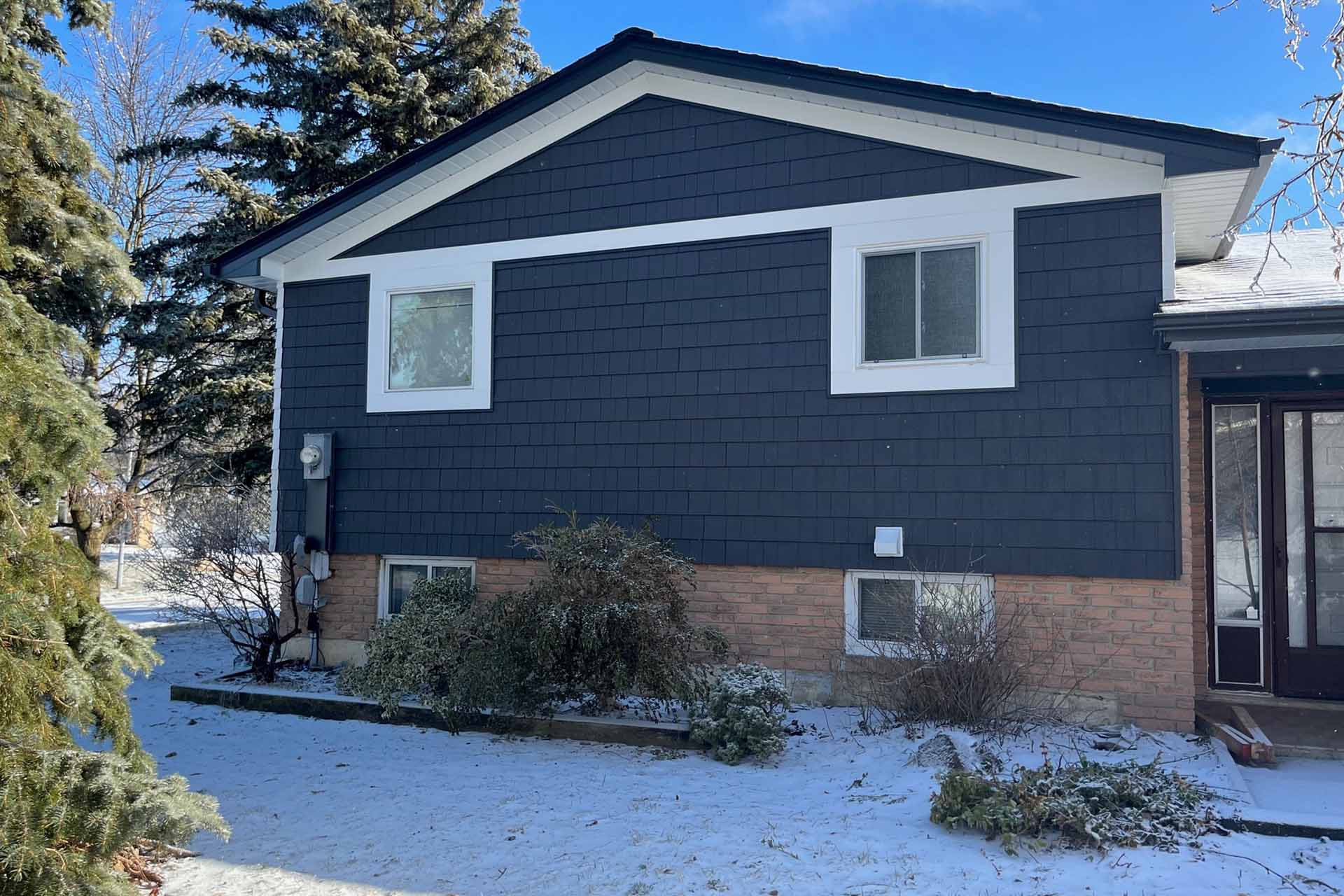
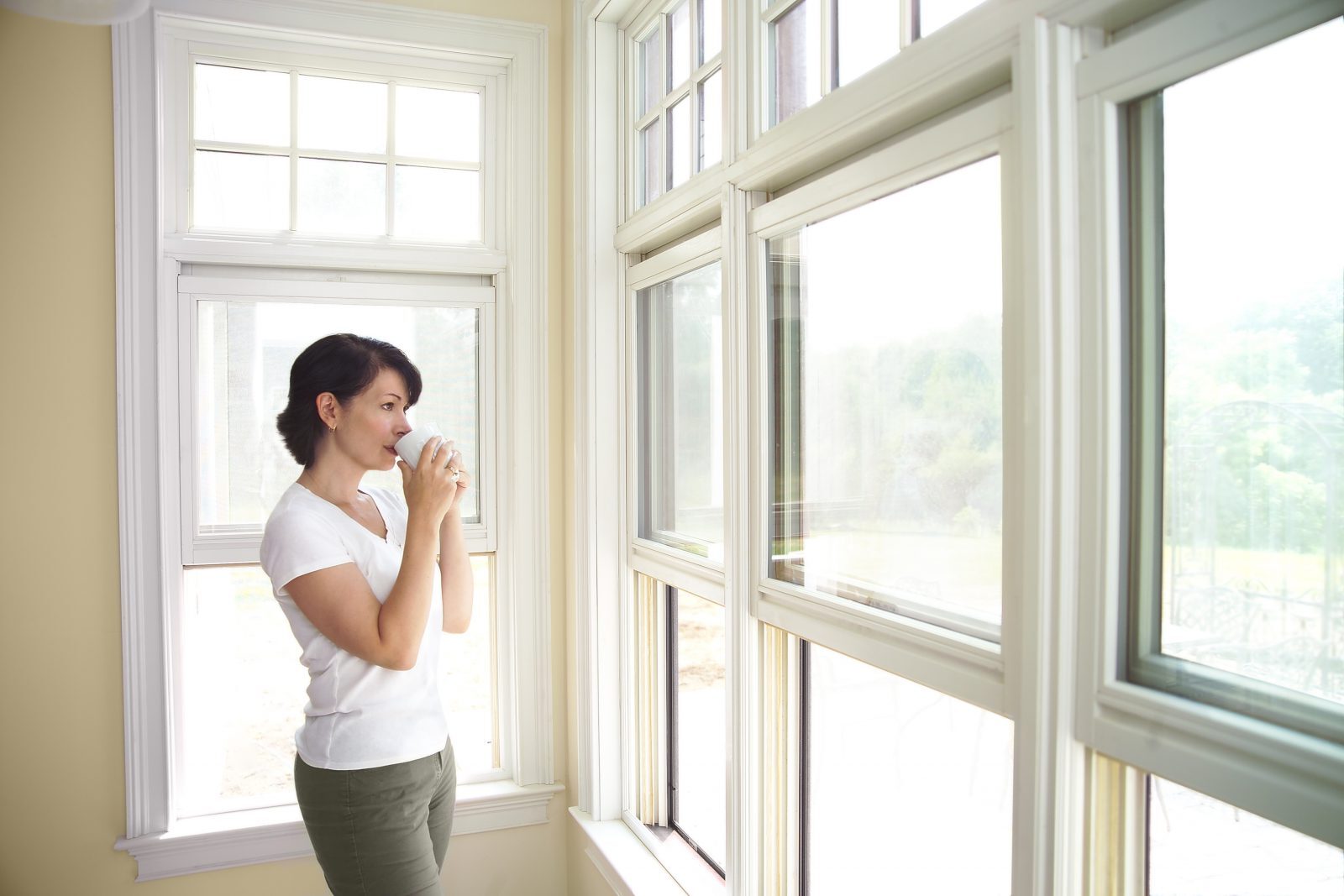

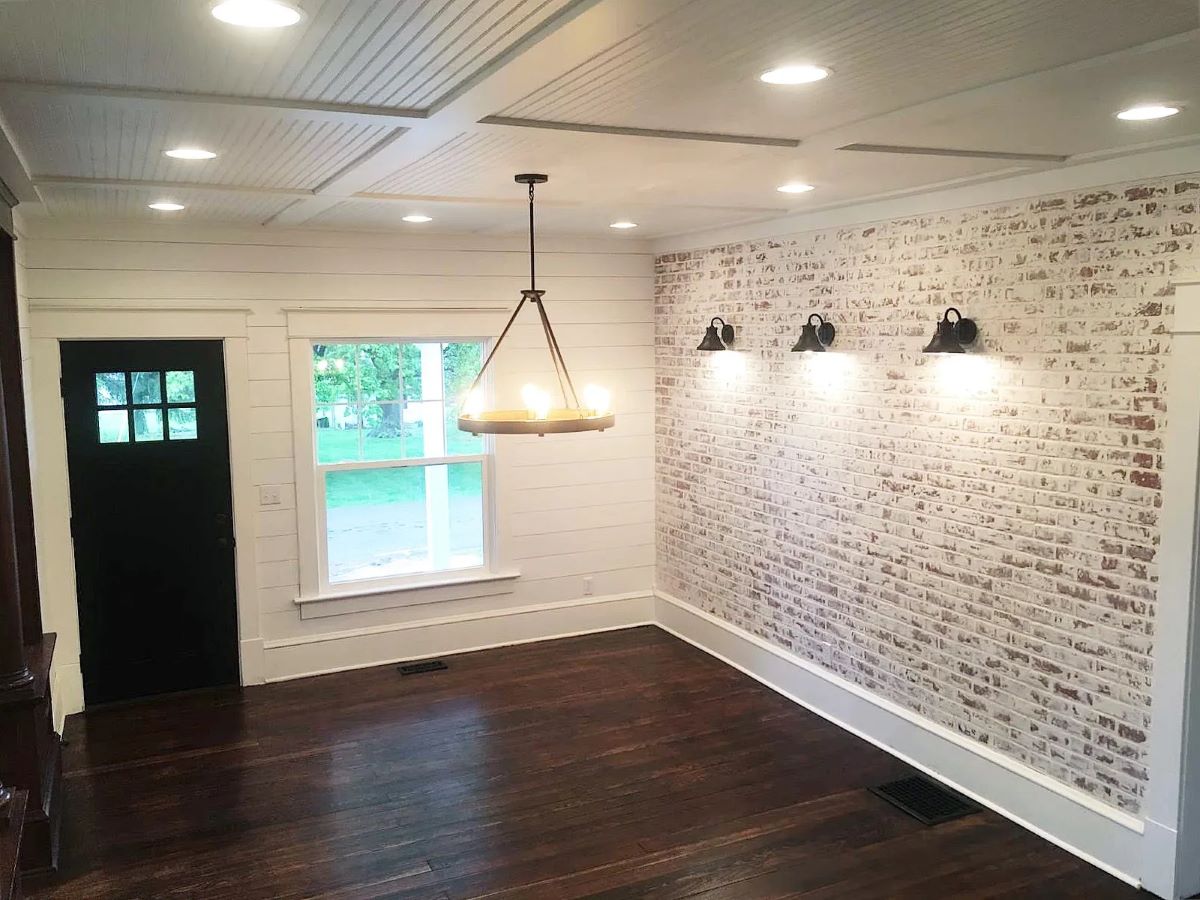




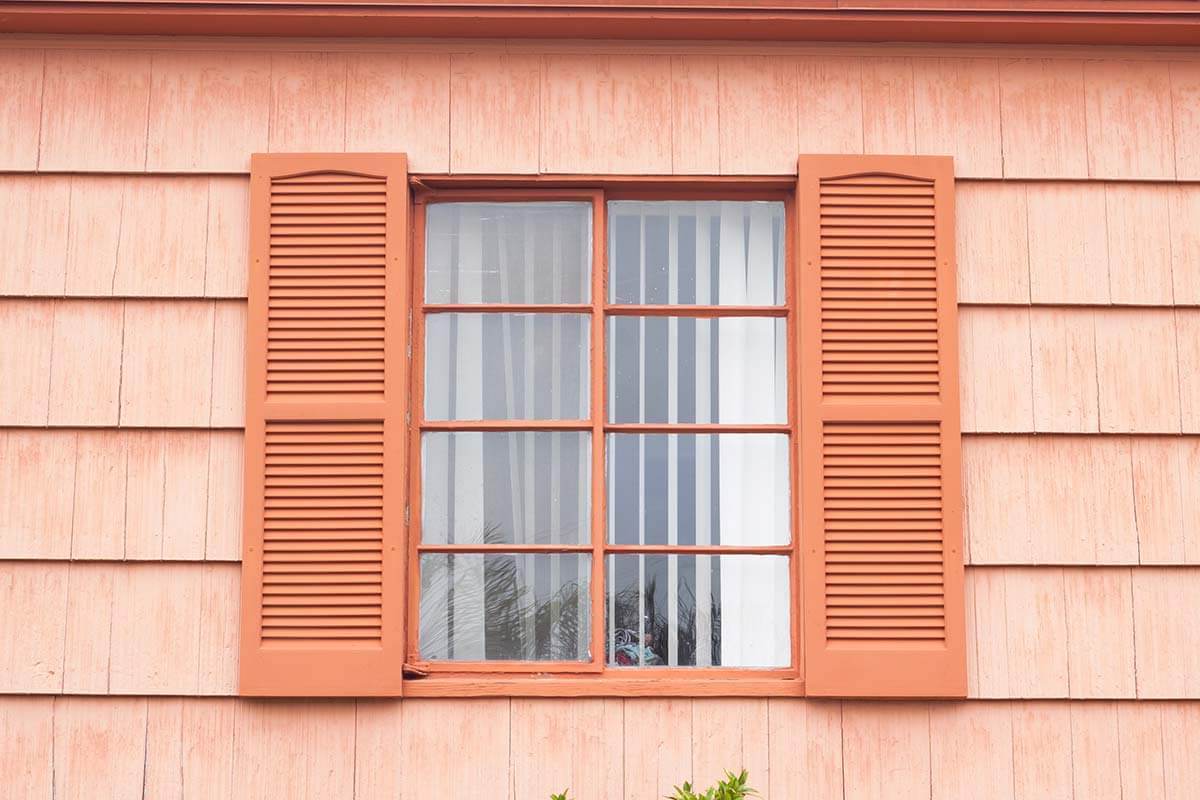



0 thoughts on “Upgrading Your Home’s Roof DIY Maintenance Tips”